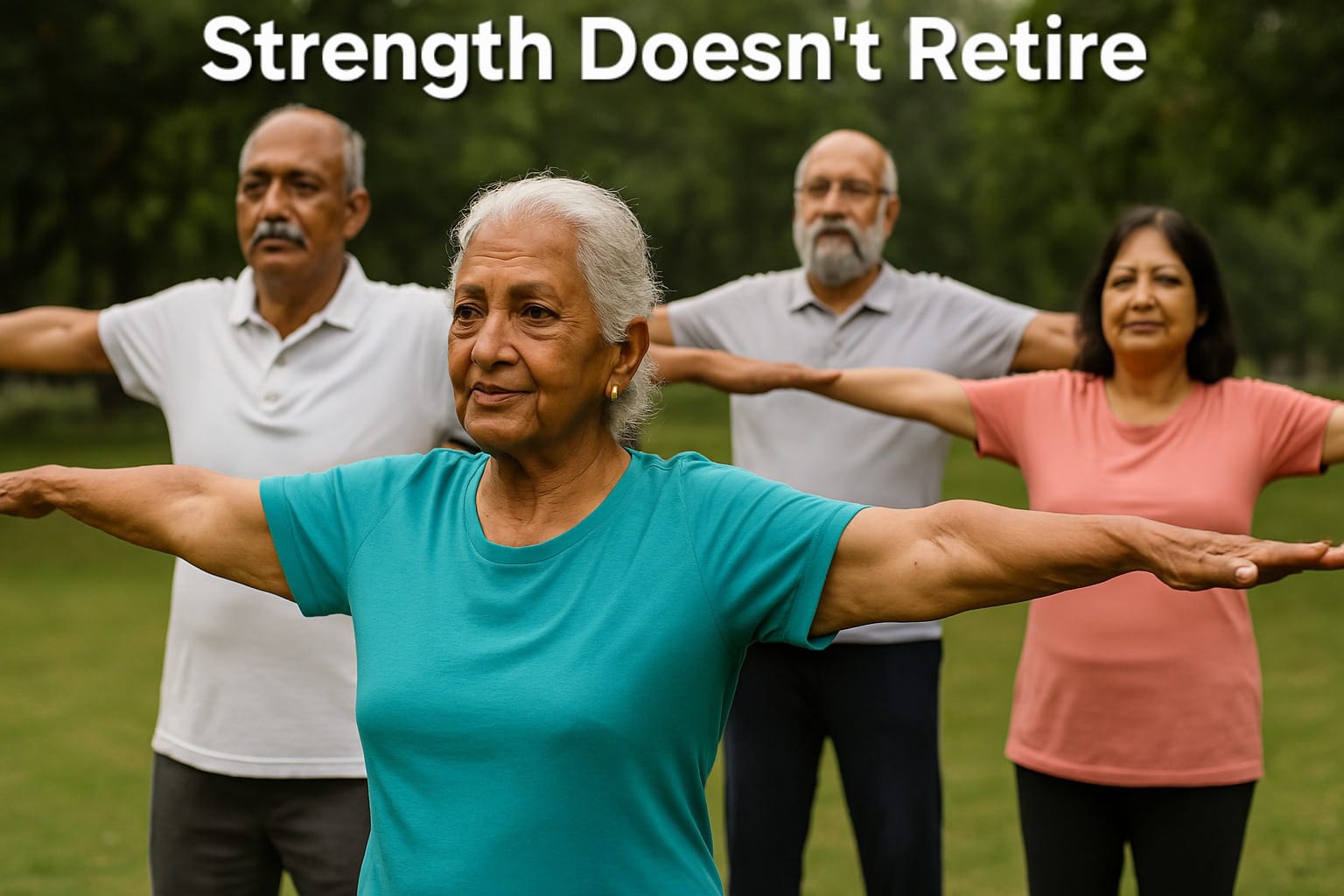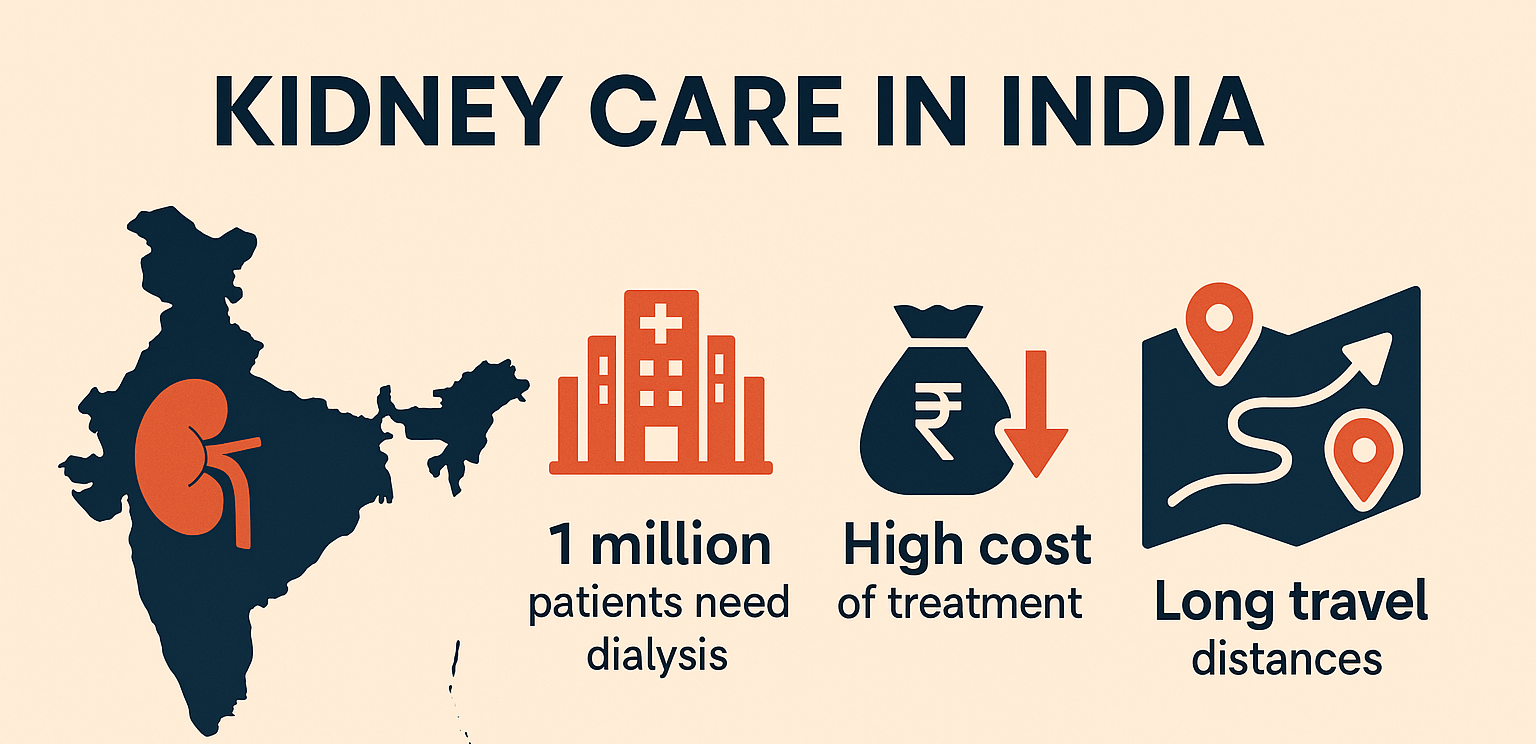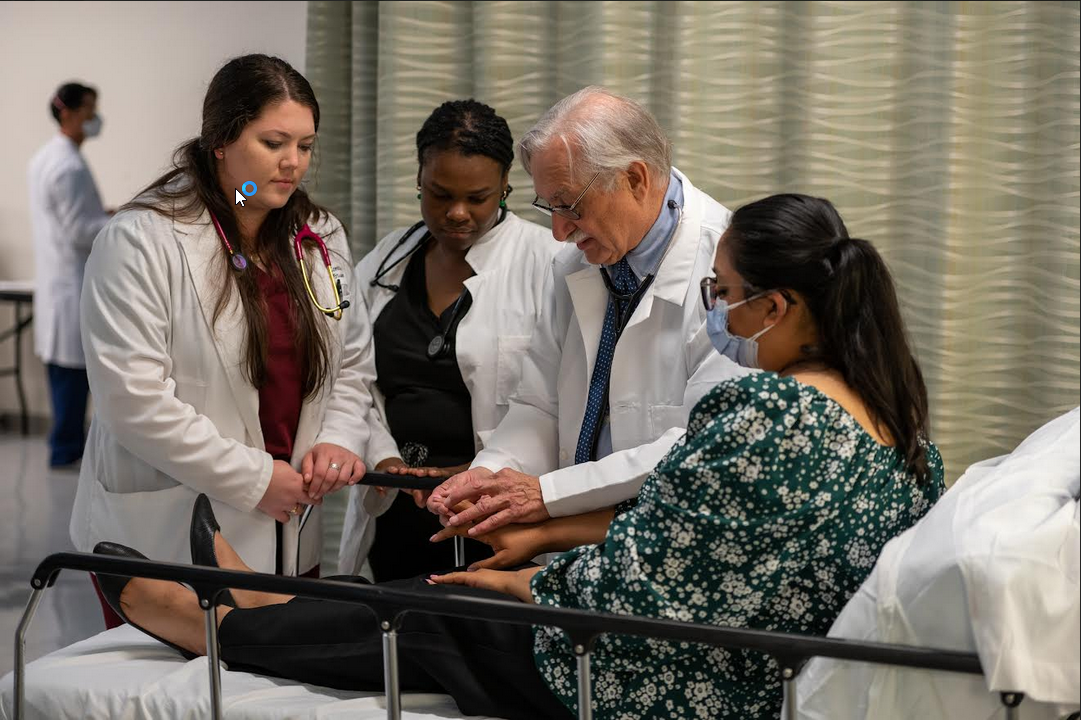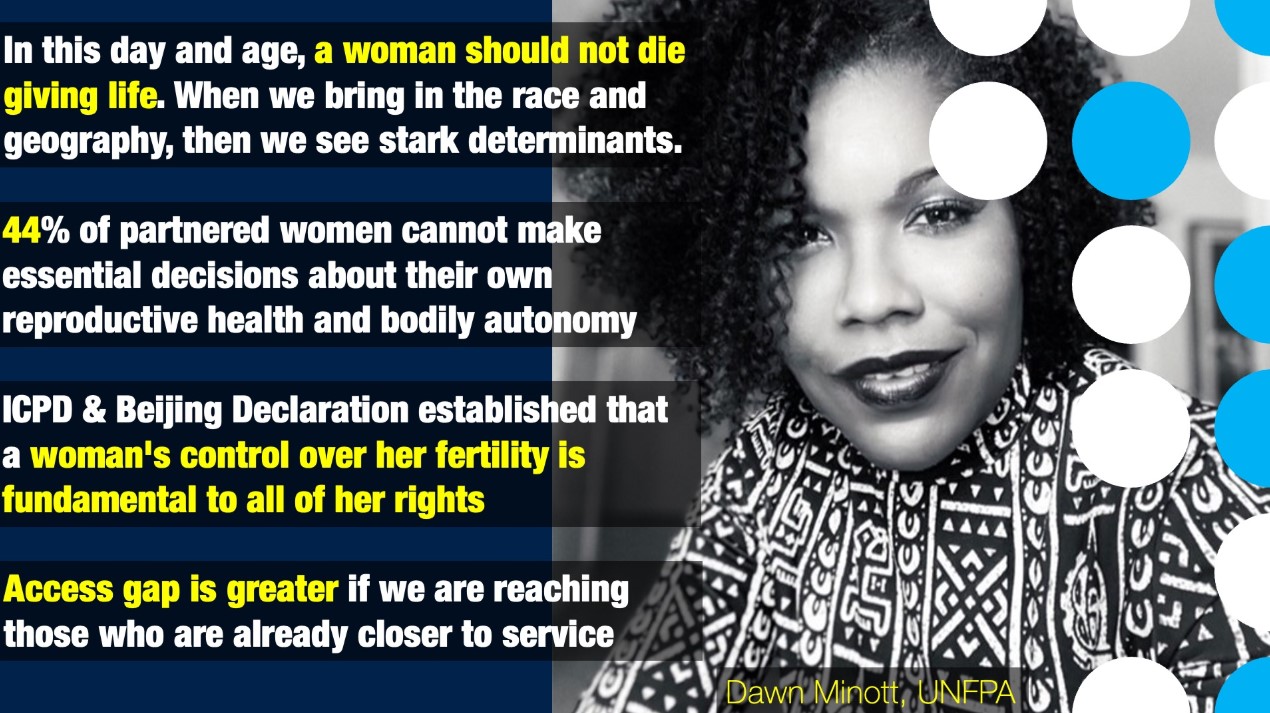In today’s urban landscape, towering high-rise buildings are symbols of progress and modernity. Yet, beneath their gleaming facades lies a hidden peril that is turning ordinary medical emergencies into deadly challenges. Recent research has revealed that cardiac arrests in high-rise buildings pose unique obstacles to emergency responders, leading to significantly lower survival rates for those who suffer heart attacks on higher floors. Let's explore the multifaceted issues behind these tragic outcomes, examine the key findings from a large-scale study in Toronto and the Peel Region, and discuss the urgent need for systemic changes to improve emergency care in high-rise settings.
Cardiac arrest is a life-threatening event where the heart suddenly stops beating, and immediate resuscitation is critical to save a life. In any setting, every second matters. However, when a cardiac arrest occurs in a high-rise building, several factors delay the arrival of first responders, turning these precious seconds into a matter of life or death. According to Ian Drennan, a leading researcher with Rescu at St. Michael’s Hospital in Canada and a member of the York Region Paramedic Services, building access issues, elevator delays, and extended distances from the emergency vehicle to the patient are significant obstacles.
In a comprehensive study that analyzed data from 8,216 adults who suffered out-of-hospital cardiac arrests between January 2007 and December 2012, researchers found that overall survival until hospital discharge was a dismal 3.8%. When the data was broken down by floor level in high-rise residences, the picture became even more alarming: individuals living below the third floor had a survival rate of 4.2%, while those residing on or above the third floor had only a 2.6% chance of survival. The situation worsens dramatically on higher floors; for those on the 16th floor or above, survival plummeted to just 0.9%, and there were no survivors from cardiac arrests that occurred on floors above the 25th.
The reasons for these grim statistics are multifaceted. One of the most significant factors is the delay in response time. In high-rise buildings, first responders encounter several hurdles before they can reach the patient:
Restricted Access: Many high-rise buildings have controlled entry points, requiring additional security checks or the assistance of building staff. This process can delay emergency teams from gaining quick access.
Elevator Delays: In emergencies, waiting for an elevator can add critical minutes to the response time. Even if a building has emergency elevator privileges, the logistics of moving between floors remain challenging.
Extended Distances: Once inside the building, first responders often have to navigate long corridors and multiple floors to reach the patient, further reducing the chances of successful resuscitation.
Evacuation Difficulties: In some cases, once a patient is stabilized, getting them safely out of the building for transport to an ambulance presents another significant challenge.
Dr. Drennan emphasizes that these delays can be fatal. With a rapidly deteriorating heart rhythm, the absence of immediate bystander CPR and defibrillation significantly lowers the probability of survival. In high-rise environments, every minute lost before initiating resuscitation reduces the likelihood of a positive outcome.
Bystander intervention is a critical component in the survival chain during a cardiac arrest. The study noted that patients who survived tended to be younger, had their cardiac arrest witnessed by others, and were more likely to receive immediate CPR from bystanders. However, in high-rise buildings, the presence of bystanders who are prepared to act is often inconsistent.
In many cases, the structured environment of a high-rise limits spontaneous intervention. Residents may assume that someone else has already called 911 or that the building’s security will handle the situation. This delay in starting CPR until professional help arrives can be the difference between life and death.
The data strongly indicates that faster response times and immediate bystander intervention dramatically improve survival rates. Yet, in high-rise settings, bystander CPR is often delayed or, in some cases, never initiated, primarily due to the inherent structural and logistical challenges.
When researchers examined the data more closely, they discovered a clear, graded decline in survival rates with increasing floor levels. For those living on lower floors, the time from cardiac arrest to the initiation of CPR and defibrillation is shorter. In contrast, patients on higher floors experience prolonged delays due to the reasons mentioned earlier like restricted access, elevator waits, and longer distances.
The study showed that for patients on the 16th floor or above, the survival rate was a mere 0.9%. Shockingly, among the 30 cases of cardiac arrests that occurred on floors higher than the 25th, there were no survivors at hospital discharge. This steep decline highlights the critical importance of immediate response and the challenges posed by vertical urban landscapes.
Given these findings, it is imperative to consider strategies that could mitigate the delays inherent in high-rise emergencies. Here are several potential solutions:
1. Implementing Advanced Building Access Protocols: Emergency responders need faster access to high-rise buildings. One solution could be the development of systems that allow paramedics to bypass standard security protocols in emergencies. This might include electronic access controls that can be overridden in critical situations or designated emergency elevators that are prioritized for first responders.
2. Installing Automated External Defibrillators (AEDs) in High-Rise Buildings: AEDs are critical in restoring heart rhythm during cardiac arrests. Ensuring that high-rise buildings have AEDs in easily accessible locations, such as near entrances and on each floor, could reduce the time to defibrillation. Regular training for building residents on how to use these devices would further enhance their effectiveness.
3. Promoting Bystander CPR Training: Educating residents on the importance of CPR and equipping them with the necessary skills can make a significant difference. Community-based programs that encourage regular CPR training sessions, especially in high-rise residential areas, can empower individuals to act quickly during emergencies.
4. Utilizing Technology to Monitor and Alert: Modern technology offers promising solutions. High-rise buildings could integrate emergency response systems that automatically alert 911 when abnormal vital signs or distress signals are detected in common areas. Additionally, wearable devices could be linked to a centralized system that monitors the health of residents and quickly notifies emergency services if a cardiac event is detected.
5. Revising Urban Planning and Building Design: In the long term, urban planners and architects must consider the unique challenges of high-rise buildings in emergency medical response. Designing buildings with wider corridors, more accessible emergency exits, and dedicated spaces for emergency equipment could significantly improve response times. Moreover, regulatory standards might need to be updated to ensure that new high-rises incorporate these critical features from the ground up.
The challenges of high-rise emergencies extend beyond individual tragedies. When lives are lost due to systemic delays, it points to broader issues in urban infrastructure and public health policy. Lower survival rates in high-rise buildings not only result in tragic loss of life but also lead to significant economic consequences. These include increased healthcare costs, lost productivity, and long-term disability care.
As urban areas continue to grow vertically, the strain on emergency response systems will only intensify unless proactive measures are taken. Improved infrastructure, investment in training, and smarter urban design are essential to protect the health and well-being of residents.
Given the gravity of the situation, policymakers must act swiftly to address the unique challenges posed by high-rise living. Based on the study’s findings and expert insights, here are some recommendations:
A. Enhance Emergency Response Protocols: Emergency services need to be better equipped to handle high-rise situations. This could include the development of specialized training programs for first responders, focusing on navigating vertical spaces and utilizing modern technology to overcome access delays.
B. Mandate AED Installations: Government regulations should require the installation of Automated External Defibrillators (AEDs) in all high-rise buildings. AEDs should be strategically placed on multiple floors and in common areas, ensuring that even if 911 response is delayed, immediate defibrillation can be provided by bystanders.
C. Implement Building Design Reforms: Urban planners and architects should be encouraged or even mandated to incorporate emergency-friendly designs in high-rise constructions. Features such as wider corridors, designated emergency exit routes, and priority elevator access for emergency responders should become standard.
D. Promote Community CPR Training: Local governments and community organizations should sponsor regular CPR training for residents in high-rise buildings. The more people who are equipped to perform CPR, the better the chances of survival for someone experiencing a cardiac arrest.
E. Invest in Technology Integration: High-rise buildings should adopt technology that enhances emergency response. This could include integrated systems that monitor vital signs, automatically alert emergency services, and provide real-time location tracking within buildings. Such technologies can bridge the gap between the moment of cardiac arrest and the arrival of professional help.
Ongoing research is essential. Further studies should explore additional factors affecting survival in high-rise emergencies, such as the time taken to evacuate patients after stabilization. Policymakers and researchers must work together to continuously improve protocols and urban planning standards based on real-world data.
While technological and infrastructural solutions are critical, public awareness remains a cornerstone in improving outcomes. Educating residents about the importance of immediate action during a cardiac event can save lives. High-rise dwellers should be aware of the unique challenges they face and be proactive in learning basic first aid, CPR, and how to use AEDs. Awareness campaigns can also stress the importance of advocating for better building safety measures and improved emergency response systems.
In communities where high-rise living is common, local authorities can organize workshops and training sessions. These programs not only equip residents with life-saving skills but also foster a sense of community, ensuring that everyone is prepared to act in an emergency. This collective preparedness can make a significant difference in survival rates and overall public health.
The path forward requires a multi-pronged approach. On one hand, there is an urgent need for technological and infrastructural innovations such as emergency access systems, improved building designs, and integrated health monitoring. On the other hand, public policy must evolve to enforce stricter safety standards and ensure that emergency response systems are equipped to handle the unique challenges of high-rise living.
Research must continue to refine our understanding of how delays in high-rise emergency response impact patient outcomes. Further studies could explore additional variables such as building occupancy rates, the role of on-site security, and even the psychological preparedness of residents in emergencies. The more data we have, the better we can tailor interventions to save lives.
Ultimately, improving survival rates in high-rise cardiac arrests is not solely the responsibility of emergency services and policymakers it also hinges on community involvement. Residents in high-rise buildings can be powerful agents of change if they are equipped with the right tools and training. Public health campaigns, community workshops, and local government initiatives should focus on educating residents about the importance of early intervention, CPR, and the proper use of AEDs.
By creating a community that is well-prepared and proactive, we can significantly reduce the gap between the moment a cardiac arrest occurs and the arrival of professional medical help. This collective approach could be the key to turning the tide on what is currently a grim statistic.
As cities continue to reach for the sky, we must also ensure that our emergency services and infrastructure are prepared for the challenges of vertical living. The stories of lives saved by quick bystander intervention and the tragedies caused by delayed responses serve as powerful reminders that every second matters in a cardiac emergency.
For residents, policymakers, and healthcare providers alike, the message is clear: we must rethink and reform our approach to emergency response in high-rise buildings. It’s time to prioritize human life over convenience and invest in smarter urban designs to empower communities with the knowledge and tools needed to act swiftly in times of crisis.
In the race against time during a cardiac arrest, every moment counts. With the right interventions, we can hope to turn high-rise living from a silent killer into a safe haven for all. The future of urban health depends on our ability to innovate, collaborate, and act before the next life is lost

 It’s time to prioritize human life over convenience and invest in smarter urban designs to empower communities with the knowledge and tools needed to act swiftly in times of crisis.
It’s time to prioritize human life over convenience and invest in smarter urban designs to empower communities with the knowledge and tools needed to act swiftly in times of crisis.






.jpeg)
.jpeg)




.jpeg)






.jpeg)




.jpeg)








